
As cost and time pressures within biopharma are on the rise, innovative expression systems may offer companies a good opportunity to streamline processes early on.

As cost and time pressures within biopharma are on the rise, innovative expression systems may offer companies a good opportunity to streamline processes early on.

BioPharm International speaks with several experts to learn more about pipeline platforms and technologies.

The Vaccine Development and Bioprocess Cell Culture Technology Day will take place on May 16, 2019 in Baltimore, MD.
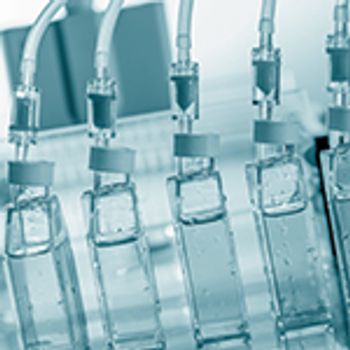
Recent upstream processing innovations include enhanced sensor technology, single-use bioreactors, and automated cell culture systems.

The BioContinuum Buffer Delivery Platform offers streamlined buffer management and delivers “contiGuous” bioprocessing.

Pharmaceutical Technology and BioPharm International will present a Keynote Session on Meeting Bioprocessing Manufacturing Capacity Demands on Wednesday, April 3, 2019, during INTERPHEX 2019 at the Javits Center in New York City.

3D printing offers a new design freedom for bio/pharmaceutical manufacturing: whether for “printing” a solid-dosage drug or for creating a piece of equipment for bio/pharmaceutical laboratories or manufacturing facilities.

The company has launched a comprehensive portfolio of custom cell biology solutions and a new cell-line engineering technology.

Distek, a provider of laboratory testing instruments, added a dual impeller single-use bioreactor (SUB) system to its BIOne portfolio.

Automation in cell-line development and cell culture is leading to more consistent quality while improving efficiency, and, ultimately, speed to market.

A new facility in California will expand Orchard Therapeutic’s capacity to develop and deliver lentiviral vector and gene-corrected hematopoetic stem cells.
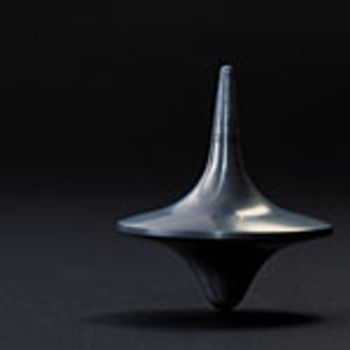
Advances in single-use technologies, sensors, and cell retention systems facilitate processes designed for the long run.
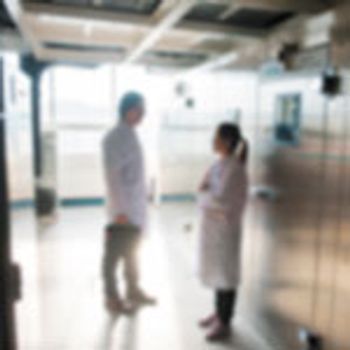
Recent equipment and updated product options offer improvement to a range of biopharmaceutical manufacturing tasks.

Survey results and record attendance may show positive signs for established and emerging biopharma regions.
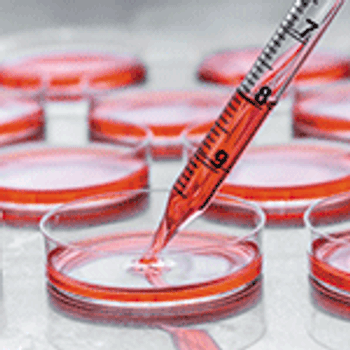
This article will explore the requirements for media and supplements needed to maintain newer cell lines, such as those based on human cells and fungal cells.

The companies partnered to build a 500-L single-use pilot-scale plant for biologics production.

The maturation of single-use technologies presents commercial bioprocessing options for small-volume drug products.

The provider of plant-based ingredients will present recently launched multi-compendial materials for upstream and downstream biopharmaceutical applications.

New products were developed as next-generation process intensification technologies, MilliporeSigma reports.

Sharing of bioprocessing know-how can help resolve pressing industry problems.

Trace elements in raw materials may impact the quality and safety of the finished biologic product, according to industry experts.
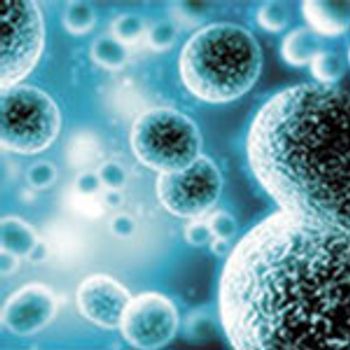
Biopharma seeks alternatives that meet the needs for next-gen biologic drug production.
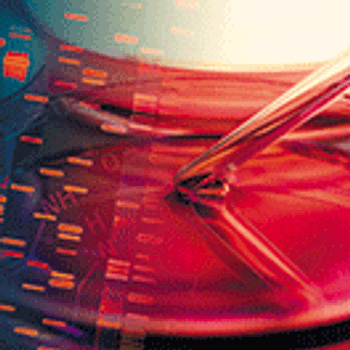
The quality of the cell lines used to manufacture biopharmaceuticals are crucial for the production of high-quality, stable biopharmaceuticals.

Biopharma companies can balance competing demands from patients, investors, and regulators by keeping a focus on science.

Late-stage and commercial biomanufacturing pose a challenge to cell-culture processing.